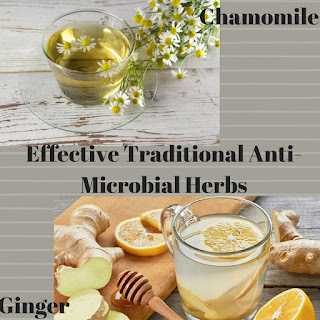Effective Traditional Anti-Microbial Herbs: Part #4

In our last blog, we discussed the effectiveness of Kimchi and Manuka Honey as traditional anti-microbial herbs . This week let’s discuss the effects of Oregano and Thyme. OREGANO: Oregano could be a Mediterranean herb that is utilized for cooking and therapeutic functions, starting from treating diseases to repelling insects. Oregano oil contains a basic compound referred to as carvacrol, that has antimicrobial properties . The herb has shown antimicrobial activity in a number of studies. origanum Vulgare essential oils were booming against 41 strains of the food infectious agent Listeria Monocytogenes . One chemical agent in oregano is rosmarinic corrosive, which can be a strong inhibitor which is able to support system health. Oregano has one in all the foremost elevated inhibitor movement evaluations, with 42 times the antioxidant punch of apples. Oregano contains β-caryophyllin (E-BCP), a substance that inhibits inflammation and will to be used for conditions together


